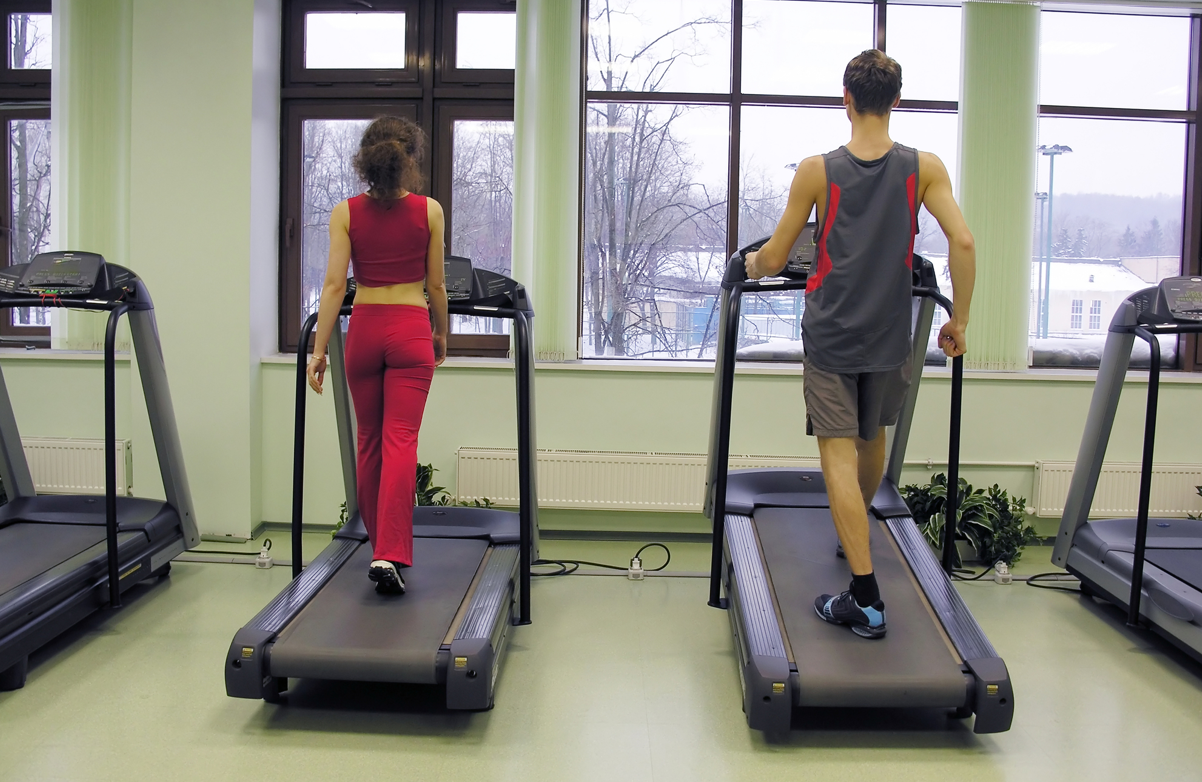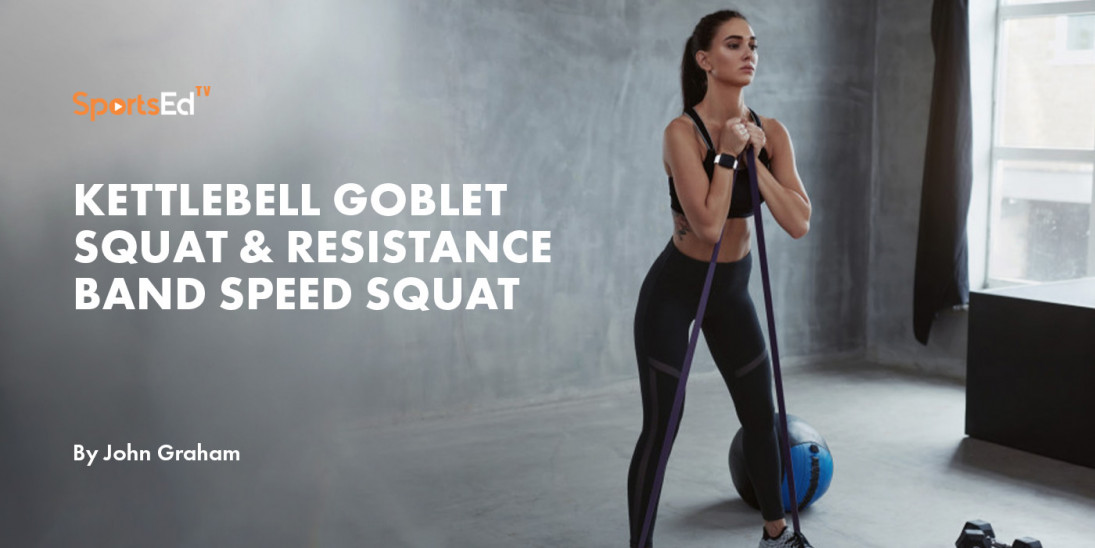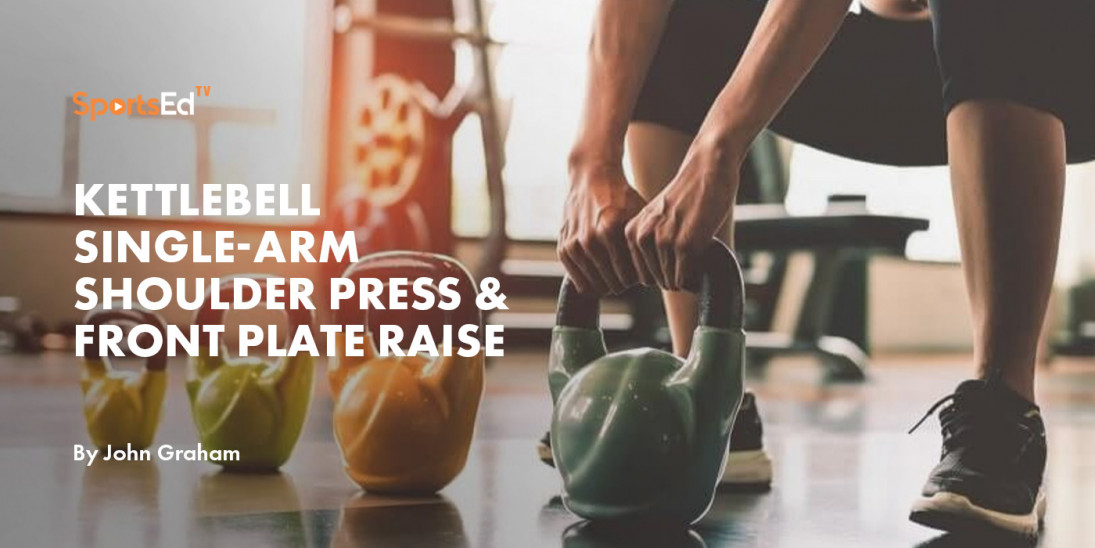Health, Strength And Conditioning
Welcome and thanks for visiting...

Top 5 Benefits of Incline Walking for Weight Loss, Muscle Toning, and Cardiovascular Health

In recent years, incline walking has emerged as one of the most effective, low-impact workout methods available. This form of exercise is prevalent among individuals looking to lose fat, tone muscles, and improve cardiovascular health, all without placing unnecessary strain on their joints. Incline walking is an easy-to-incorporate exercise that can be done on a treadmill or outdoors on hilly terrain. Numerous studies have supported its benefits, which highlight its ability to maximize calorie burn and muscle engagement while improving overall fitness.
Research from the National Institutes of Health and Gait & Posture shows that walking on an incline is far more effective than walking on flat surfaces in terms of calorie burn and muscle activation. Whether you are a seasoned athlete or new to fitness, incline walking offers various benefits worth adding to your workout routine. In this blog, we look at the five key benefits of incline walking and share tips on making the most of this powerful workout.
1. Increased Calorie Burn

One of the primary reasons incline walking is so popular is because it dramatically increases the number of calories burned compared to walking on a flat surface. Research suggests that walking at a 10-15% incline can boost calorie burn by up to 50%. The added effort required to walk uphill engages more muscles and elevates your heart rate, translating to a more intense workout and faster results.
Unlike flat-surface walking, which primarily engages the lower leg muscles, incline walking works larger muscle groups, such as the glutes, quads, and hamstrings. This increased muscle activation forces your body to burn more calories, even at lower speeds. For those seeking to lose weight or burn fat, incline walking is a great way to maximize your workout efficiency without running or other high-impact exercises.
Incorporating incline walking into your routine can also help you stay in the fat-burning zone more easily. In this zone, your body uses stored fat as energy rather than carbohydrates. The higher intensity of incline walking helps raise your heart rate to the ideal level for fat oxidation, making it one of the most effective methods for long-term fat loss.
2. Improved Cardiovascular Health

Walking on an incline challenges your cardiovascular system in a way that flat-surface walking doesn’t. As your body works harder to walk uphill, your heart has to pump more oxygenated blood to your muscles. This increases your heart rate and strengthens your cardiovascular system over time. Incline walking effectively enhances your heart health, lowers your blood pressure, and improves circulation.
Research has shown that incline walking can help you achieve your target heart rate for cardiovascular conditioning without the need for running or high-intensity workouts. It’s an excellent option for people who want to improve their heart health but find running or high-impact activities too strenuous. The increased heart rate from incline walking leads to improved endurance, better lung function, and a reduced risk of heart-related diseases over time.
Additionally, incline walking allows you to maintain a challenging cardio routine without the risk of overexertion. For those who may struggle with joint pain or prefer low-impact exercise, incline walking provides all the cardiovascular benefits of a more intense workout minus the wear and tear on the body.
3. Builds and Tones Lower Body Muscles

One significant advantage of incline walking is its ability to tone and build muscle in the lower body. Walking uphill engages muscles that aren’t as involved in flat walking, such as the glutes, hamstrings, and calves. The incline adds resistance, similar to strength training, helping to build lean muscle over time.
Because incline walking engages the larger muscles in your legs and glutes more effectively than flat walking, it can help improve muscle definition and overall strength. While incline walking is not a substitute for heavy resistance training, it provides a low-impact way to strengthen and tone the lower body, particularly for individuals who may not be interested in or able to lift weights.
As these muscles strengthen, you’ll notice improvements in your overall endurance, posture, and functional movement. The resistance provided by incline walking can also help prevent muscle imbalances, often resulting from overusing specific muscles and underusing others during traditional cardio exercises.
4. Joint-Friendly Exercise

One of the biggest draws of incline walking is that it’s a low-impact exercise that’s easy on the joints. For people with arthritis, joint pain, or those recovering from injury, incline walking offers a great alternative to running or other high-impact workouts. The incline helps reduce the force on your joints while delivering a challenging workout.
Unlike running, which can stress your knees, hips, and lower back, incline walking is much gentler. The incline creates natural resistance, so your muscles and heart are still challenged but without the jarring impact that occurs with every stride when running on flat ground. This makes incline walking a safer option for individuals of all fitness levels, especially older adults or those with mobility issues.
The low-impact nature of incline walking also allows for more consistent, long-term workouts without the risk of injury. You can gradually increase the incline and intensity as your fitness improves, ensuring a sustainable and safe way to stay active.
5. Enhances Balance and Core Strength

Walking on an incline strengthens your legs and cardiovascular system and engages your core. As your body adapts to the incline, your core muscles are activated to help stabilize and balance you during the workout. This leads to improved core strength and better posture over time.
Engaging your core during incline walking helps develop a stronger, more stable midsection, crucial for overall fitness and daily activities. A strong core can improve your balance and coordination, making you less prone to injury during exercise and daily life. This benefit is significant for older adults, as it can help reduce the risk of falls.
Improved balance and stability also enhance your performance in other physical activities. Whether you are lifting weights, practicing yoga, or playing sports, having a strong core and good balance will boost your overall athletic ability.
How to Get Started with Incline Walking

To make the most of incline walking, it’s essential to approach it with the right mindset and strategy. Here are some tips to help you get started:
Start Slowly
If you’re new to incline walking, begin with a low incline (5-7%) and gradually increase the steepness as your fitness improves. Walking on a steep incline too soon can lead to muscle soreness or injury, so ease into it.
Use Interval Training
One way to maximize calorie burn and cardiovascular benefits is to incorporate interval training. Alternate between walking at a steep incline for 2-3 minutes and recovering at a lower incline for a similar amount of time. This high-intensity interval approach (HIIT) can boost fat loss and improve your endurance.
Maintain Proper Form
When walking on an incline, it’s important to maintain proper posture. Keep your shoulders back and your core engaged, and avoid leaning forward or using the handrails for support. This ensures that your muscles are working properly and reduces the risk of injury.
Consistency is Key: Consistency is key to seeing results like any exercise. Aim for at least 30 minutes of incline walking 3-4 times weekly to build endurance, burn fat, and tone your muscles.
Incline walking is a simple yet powerful way to improve your fitness without needing high-impact activities. From increased calorie burn and fat loss to improved cardiovascular health and muscle toning, incline walking offers numerous benefits for people of all fitness levels. Additionally, its low-impact nature makes it an accessible option for those with joint issues or anyone looking to avoid the wear and tear of running.
Incorporating incline walking into your routine can build a strong foundation for long-term fitness while enjoying a safe, effective workout. Whether walking on a treadmill or exploring hilly terrain outdoors, incline walking is a highly beneficial form of exercise that helps you burn fat, strengthen muscles, and improve your overall health. So next time you hit the treadmill or head outside, crank up the incline and experience the full benefits of this versatile workout.








